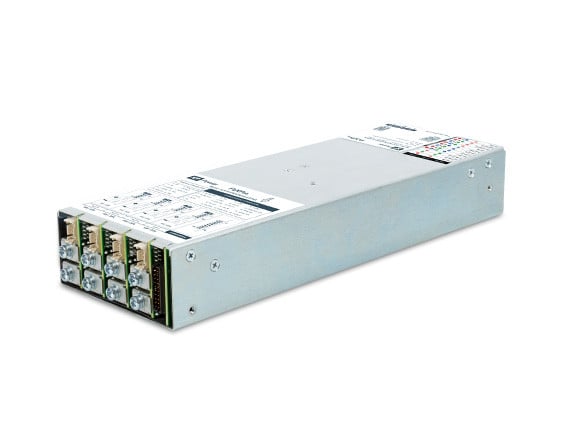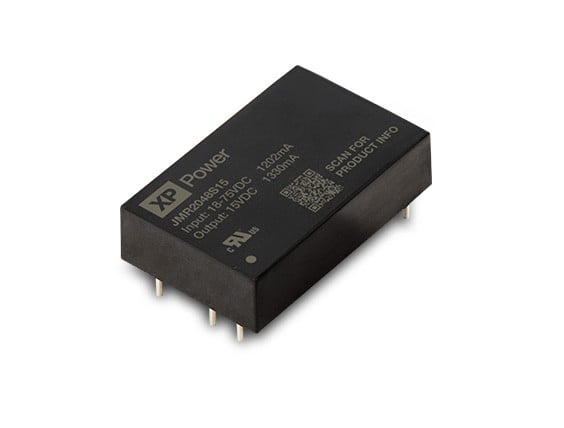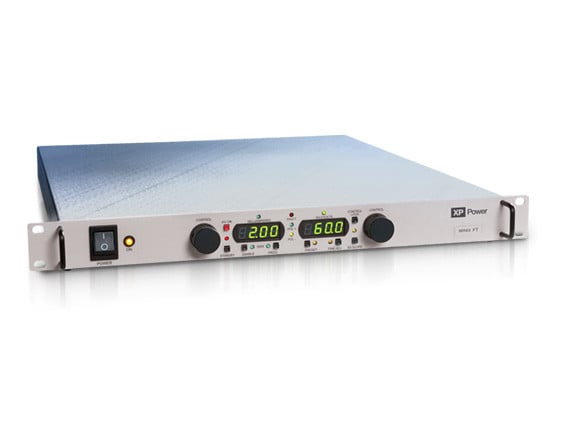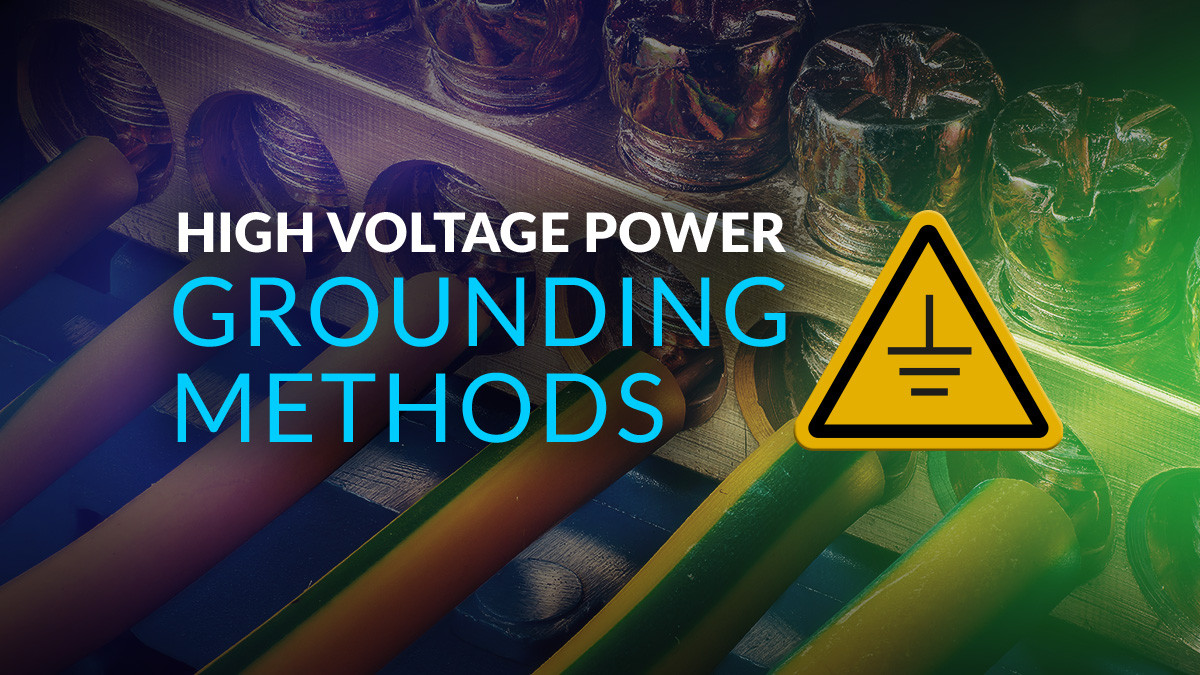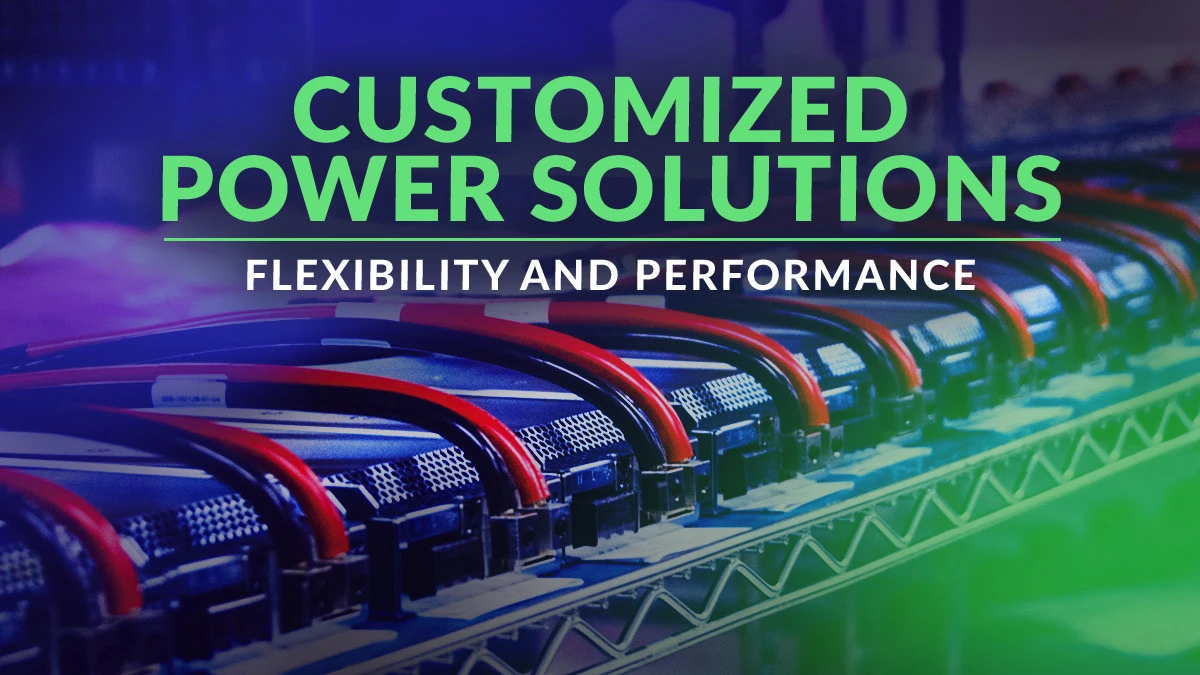
Background of IEC62368-1
The boundaries between information technology and audio/ video technology have become increasingly blurred. For example, “when is a 15” TFT device a TV and when is it a PC monitor?” or “is a smartphone a telephone, a PC or is it a MP3 player”. Application of safety standards such as IEC 60065 and IEC 60950-1 has led to certain devices being tested twice and sometimes there are conflicting requirements between the two product standards. There is, therefore, a need for a single safety standard to replace the two existing IEC 60065 (Audio and Video) and IEC 60950-1 (Information and Communication Technology) product safety standards.
What is IEC62368-1?
IEC 62368-1 is the new safety standard, which adopts a hazard based approach, for audio/video, information and communication technology equipment. The first edition of this new standard was published in January 2010 and subsequently, the 2nd edition was published in February 2014. IEC TC108 is now considering acceptance of components certified by other standards, such as 60950, which might not be accepted by 62368. The result will be published in ed. 3. It has a broad scope that covers ITE, communication technology, audio/video & similar type of equipment. This is a convergence of safety standards to replace IEC60950 & IEC60065 because of products and technologies converging.
Hazard Based Approach / Standard
The new standard adopts a hazard based approach/standard rather than applying specific safety requirements for specific product types (such as TV, PC, mobile phone etc.) or technology. Basically, it is irrelevant whether a person receives an electrical shock from touching a pc, an adapter, a telephone line or a USB plug.
Following are the steps for a hazard based approach process, the flowchart for this process can be found in Fig. 1. which includes some examples of ways in which each step might be assessed.
Identify energy sources in the product
Classify the energy sources (Class 1, 2 or 3) per the criteria in the Standard, refer to below Table 1. An example of electrical energy source classification is shown in Table 2.
Identify needed safeguards for protection from energy sources with the potential for causing injury or damage per the criteria in the Standard, and
Qualify the safeguards as effective using the compliance criteria (performance-based or construction-based (prescriptive)), also specified in the Standard.
Table 1 : Energy source classification
Table 2: An example of limits for Electrical Energy Sources Classification
Figure 1: Hazard based approach application process flowchart
The potential hazards are 1) electrical (electrical shock), 2) Fire, 3) Mechanical, 4) Thermal, 5) Radiation and 6) Chemical. However, only electrical, fire, mechanical and thermal are the common hazards exhibited by a power supply.
Systems must always be designed and constructed with safeguards/protections incorporated, which reduces the likelihood of causing any injury or damage to property in the case of fire under normal and abnormal operating conditions as well as during a single fault conditions.
The standard also describes safeguards for the protection of three categories of people: skilled persons (trained and experience personnel), instructed persons (instructed or supervised personnel) and ordinary persons.
The diagram in Figure 2 shows the protection of an ordinary person from Class 1, 2 and 3 power sources. For a Class1 energy source, there is no safeguard requirement for the ordinary person. For a Class 2 energy source, the ordinary person will feel pain if the basic safeguard failed. One example of such requirement in power supply is the basic and supplementary insulations. The reinforced insulation required is the combination of basic and supplementary insulations.
Table 3 shows an overview of safeguards/protections required for the 3 categories of people versus the 3 levels of energy source.
Figure 2: Protection of an ordinary person from Class 1, 2 and 3 power sources.
Figure 2: Protection of an ordinary person from Class 1, 2 and 3 power sources.
Table 3: Overview on safeguard requirements on persons
Table 3: Overview on safeguard requirements on persons
Status of IEC62368-1
IEC62368 -1 is adopted by the EU and North America
EN60950-1 withdrawal date is on 20th June 2019.
IEC62368-1 is currently being considered by other countries such as China, Japan, Korea etc. The exact date for these countries to adopt the new standard is not available yet.
Impacts on Power Supplies
There are no significant design changes when adopting this standard compared to the 60950 standards. Methods such as fusing, isolation/insulation, temperature rating of barrier components and materials/components selection will continue to be used as safeguards/protections.
To facilitate the transition from the current standard to the new standard, IEC62368-1 states that:
Components and subassemblies that comply with IEC60950-1 or IEC60065 are acceptable as part of equipment covered by 62368-1 without further evaluation other than to give consideration to the appropriate use of the component or subassembly in the end product
This allows for a transition period where end use equipment approved to 62368-1 can use power supplies or other subassemblies approved to 60950-1
However, once the IEC62368-1 becomes mandatory, all subsystems/components should comply to the new IEC62368-1 standard. Also, one should not assume that product that complies to 60950 will definitely comply with the new standard. Assessment against the requirements and compliance criteria in the new standard is required to ensure compliance.
